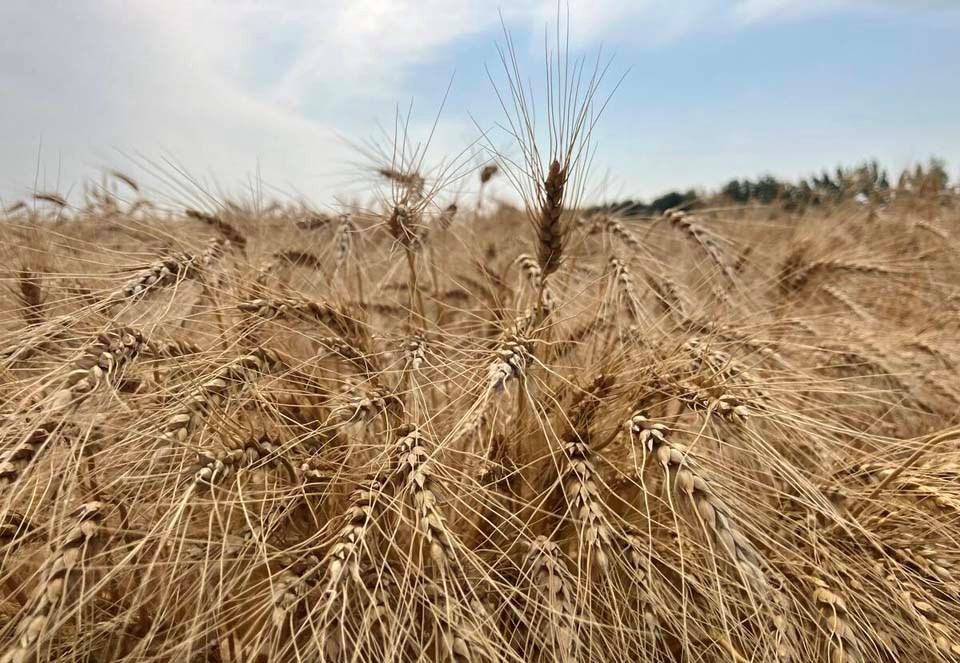SASKATOON — Market prices are leaving little to no room for profit for spring wheat growers, says an analyst.
Ty Kehrig, vice-president of Exceed Grain Marketing, said cash prices vary by region but were generally in the mid-$7 per bushel range as of Aug. 7.
“With current cash bids, you need the yield,” he said.
That’s because costs such as fertilizer, chemicals and land rent have not come down the way grain prices have.
“At today’s current prices, it’s not a money-making thing,” he said.
“If you take off a below average crop, the gross revenue just sometimes isn’t enough.”
Minneapolis spring wheat futures have trended down since peaking in 2022, shortly after Russia invaded Ukraine. They bottomed out in mid-2024 and have been flat ever since.
Saskatchewan spring wheat farmers would need a price of $5.74 to $7.05 to cover their variable expenses this year, depending on which soil zone they are in, according to Saskatchewan Agriculture’s Crop Planning Guide 2025.
They would need a price of $8.54 to $10.46 to cover their total expenses.
GrainFox analyst Neil Townsend agrees that it’s going to be a tough year for Canada’s wheat growers.
“Farmers are being tested in terms of their break-even points and turning a profit,” he said.
However, every operation has different cost structures and yields, so posting a loss is not a foregone conclusion.
“There’s still some profitability in there,” said Townsend.
“I mean, everybody planted. I didn’t hear about anybody saying they weren’t planting wheat.”
Growers are not getting much help from winter wheat crops around the world.
In July, the U.S. Department of Agriculture forecast an average winter wheat yield of 54.2 bushels per acre, the second highest behind 2016.
The U.S. hard red winter wheat harvest was three-quarters complete as of Aug. 8. Samples from Texas, Oklahoma, Kansas and Colorado show protein is similar to last year.
Winter wheat yields are also looking good in the European Union and the Black Sea regions.
“The lack of any major bullish news in the marketplace is the cause of lower prices,” said Kehrig, who prepares SaskWheat’s weekly Wheat Market Outlook in conjunction with his colleague Derek Squair.
“There is simply an abundance of new crop grain hitting the global market with a lack of any major issues in the regions taking the crop off.”
For instance, France is expected to harvest a crop of 30 million tonnes, up from 25 million tonnes last year. The total EU crop is estimated to be 12 per cent larger than last year.
Russia and Ukraine have some problem areas but also some good areas.
“They seem to be kind of offsetting each other,” he said.
Townsend said winter wheat is not getting much help from what is expected to be an enormous U.S. corn crop.
However, he noted that there are reports of some winter wheat quality problems in the EU and Black Sea regions.
That bodes well for North America’s spring wheat demand, which has been strong for a few years running.
Townsend thinks the spring wheat price premium could expand this year.
Kehrig said there is one factor that is going to drive the wheat market going forward.
“It will all depend on how the North American spring wheat crop comes off,” he said.
“That’s going to give a lot of direction.”
If yields are less than anticipated, that could bolster spring wheat prices and provide a sales opportunity for farmers.
Kehrig said the spring wheat supply and quality picture will sort itself out in September.
About the author
Related Coverage
Wheat markets rebound but headwinds persist
Have the wheat bear markets run their course?
Wheat prices stuck in a sideways trading range
Weather temporarily lifts wheat but damage not confirmed

